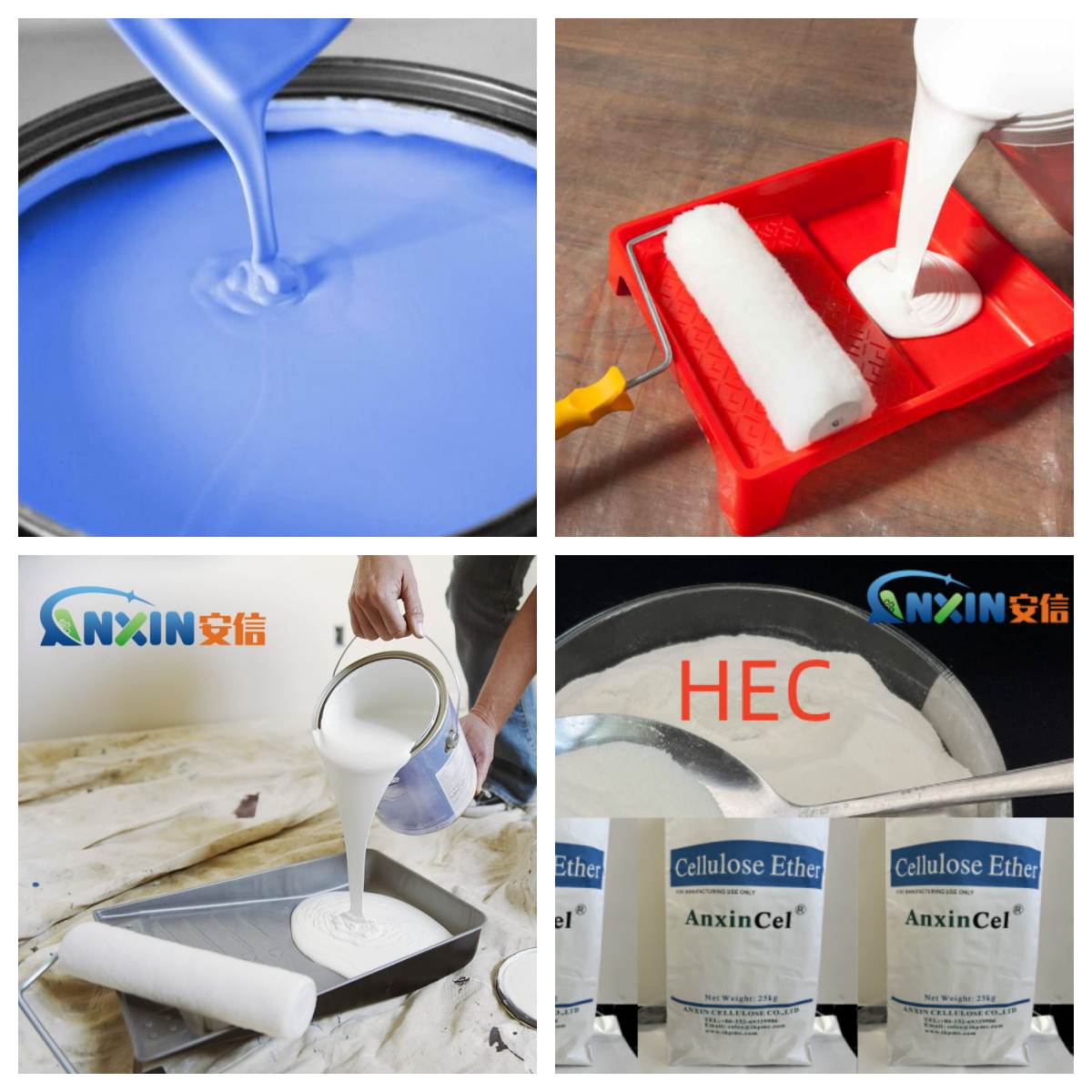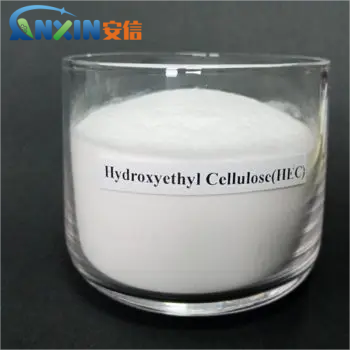hydroxyethyl cellulose (HEC) in water-based coatings
Hydroxyethyl cellulose (HEC) is a non-ionic water-soluble polymer that is widely used in various water-based systems, especially in the water-based coatings industry. Due to its good thickening, dispersing, emulsifying and film-forming properties, HEC has irreplaceable functions in latex paints, building interior and exterior wall coatings, industrial coatings and other products.
1. Physical and chemical properties of HEC
1.1. Non-ionic characteristics
HEC is a non-ionic cellulose ether that has good compatibility in various formulation systems and will not cause compatibility problems due to charge. It is especially suitable for water-based coatings containing metal ions or high electrolyte environments.
1.2. Excellent solubility and stability
HEC can be quickly dissolved in cold and hot water to form a transparent colloidal solution. Its solution is stable and not easily affected by pH changes. The applicable range is between pH 3 and 11.
1.3. Rheological adjustability
By controlling the molecular weight and degree of substitution, HEC can produce products with different viscosity grades and rheological behaviors to meet the construction performance requirements of different coating systems.
2. The main functions of HEC in water-based coatings
2.1. Thickening and rheological control
The main function of HEC is to act as a thickener to adjust the viscosity of the system and improve leveling and construction properties. In water-based latex paints, it can enhance the pseudoplasticity of the system, avoid brush marks and splashing, and improve the smoothness of rolling, spraying and brushing.
Low-viscosity HEC is suitable for spray-type coatings;
Medium-high viscosity HEC is suitable for brushing, rolling and other applications to improve slurry hanging properties.
2.2. Anti-sagging performance
When constructing on vertical surfaces, HEC can effectively prevent the coating from sagging, enhance the conformal ability of the coating, and ensure film uniformity and thickness consistency.
2.3. Storage stability
HEC can enhance the stability of water-based coatings during storage and prevent the sedimentation, stratification and agglomeration of pigments and fillers. It stabilizes the suspension state of pigment particles by encapsulating the dispersed phase and increasing the viscosity of the system.
2.4. Improve pigment dispersibility
Although HEC itself is not a strong dispersant, it can improve the wettability and stability of the dispersion medium, thereby indirectly improving the dispersion efficiency of the pigment and reducing flocculation and floating color.
2.5. Film-forming and water-retaining function
HEC has a certain film-forming ability, which helps the latex system to form a continuous film layer, while keeping the water from volatilizing easily, which helps to improve the wetting of the substrate and prolong the open time, and improve the adhesion of the coating.
2.6. Optimization of construction performance
HEC can improve the thixotropy of water-based coatings, so that it maintains a high viscosity in a static state to prevent sedimentation; it can quickly reduce the viscosity under the action of shear force, improve the construction fluidity, and enhance the “brush feeling”.
3. Comparative advantages of HEC with other thickeners
Compared with acrylic or polyurethane thickeners, HEC has unique advantages in the following aspects:
Higher stability: not easily affected by temperature, pH, and metal ions;
High cost-effectiveness: low cost and wide application;
Strong construction-friendly: more adaptable to roller and brush coating;
Green and environmentally friendly: natural cellulose derivatives, in line with the direction of sustainable development.
However, HEC is slightly weak in antimicrobial resistance and needs to be used with preservatives during use.
4. Application case analysis
4.1. Interior wall latex paint
Use medium and high viscosity HEC to improve water retention and anti-sagging properties, optimize the brushing feel, and maintain a delicate and smooth film-forming effect.
4.2. Exterior wall paint
Adding HEC can enhance the construction and anti-sagging properties of the paint system in a changing climate, and prevent sagging and blooming during construction.
4.3. Industrial coatings
Use HEC on metal surfaces or special substrates to improve coating stability, avoid pigment precipitation, and improve coating consistency.
As an efficient, stable and environmentally friendly water-soluble polymer, hydroxyethyl cellulose (HEC) plays an indispensable role in water-based coatings. It can not only adjust viscosity and optimize the rheological behavior of coatings, but also show excellent performance in improving construction performance, anti-sagging and stabilizing pigment dispersion. With the continuous expansion of the water-based coatings market and the increasingly stringent environmental regulations, HEC will continue to play a key role in the coatings industry with its excellent properties.
Post time: Jul-05-2025








